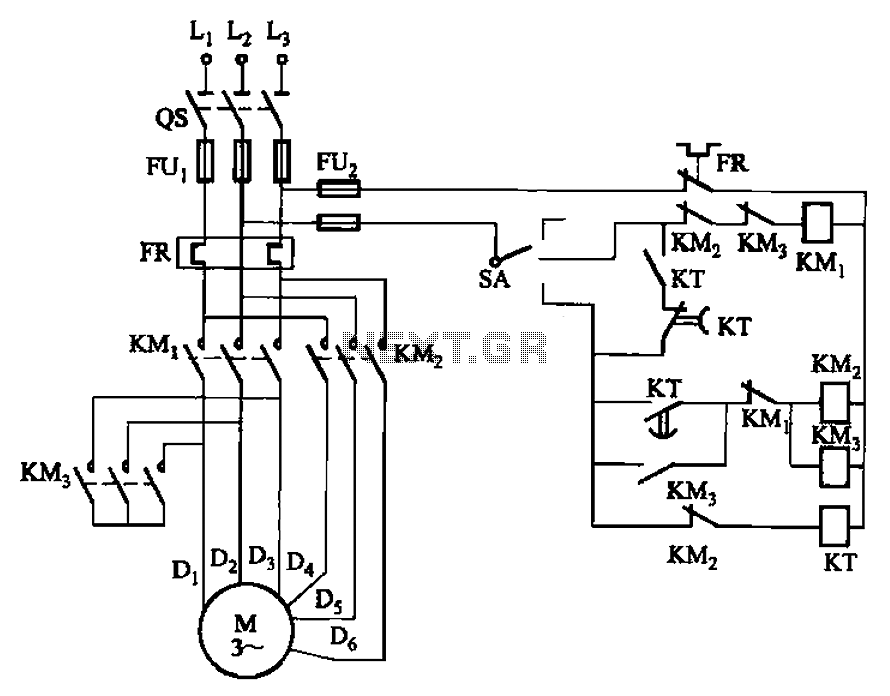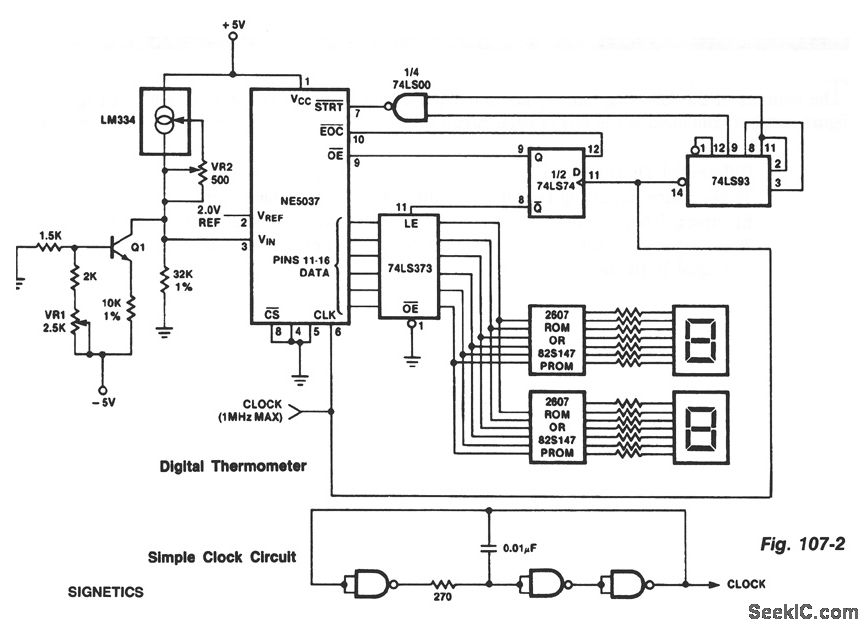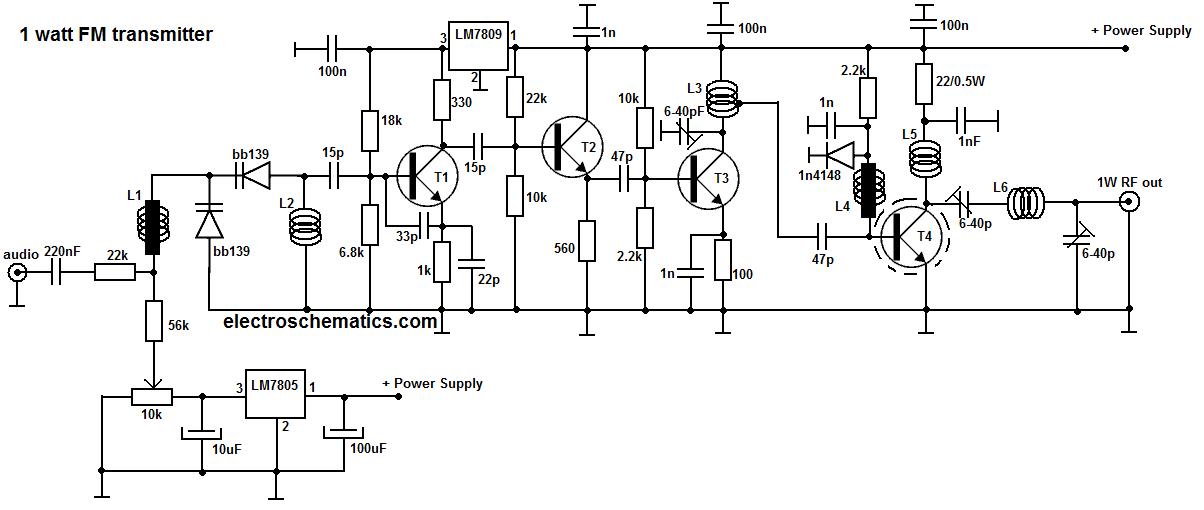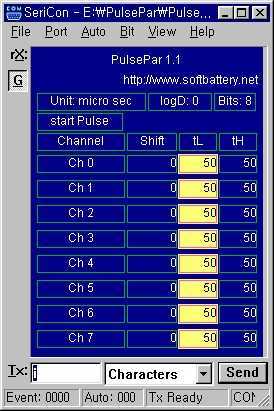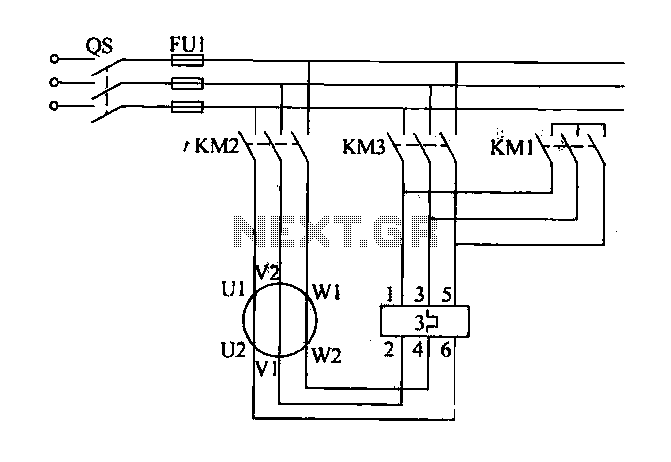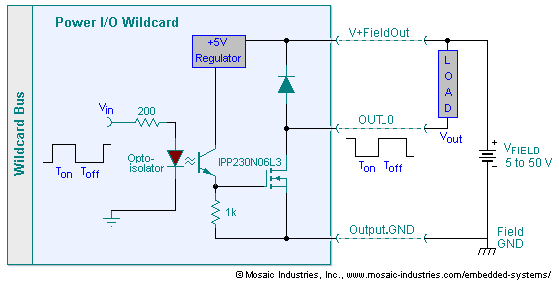
Controlling Stepper Motor with a Parallel Port
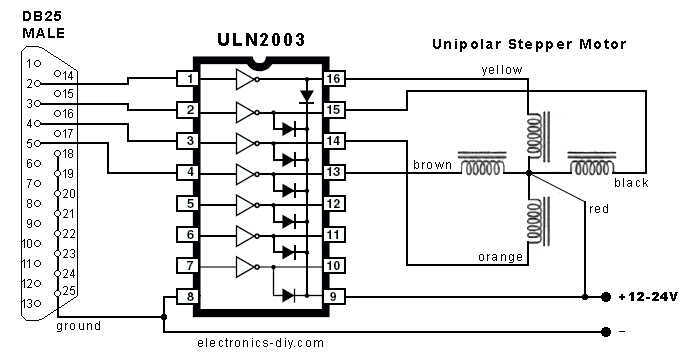
This is an easy to build stepper motor driver that will allow you to precisely control a unipolar stepper motor through your computer's parallel port. With a stepper motor you can build a lot of interesting gadgets such as robots, elevator, PCB drilling mill, camera panning system, automatic fish feeder, etc. If you have never worked with stepper motors before you will surely have a lot of fun with this project. More: Stepper motors are very different from regular DC motors. Instead of spinning like DC motors do, stepper motors step at a specific resolution for each pulse. The motor that we are using needs 48 steps/pulses just to complete a single revolution!
The stepper motor driver circuit described is designed to interface a unipolar stepper motor with a computer's parallel port, enabling precise control over the motor's movement. This circuit typically includes a microcontroller or a dedicated driver IC that interprets the signals from the parallel port and converts them into the necessary control signals for the stepper motor.
The unipolar stepper motor operates by energizing its coils in a specific sequence, allowing it to move in discrete steps. Each pulse sent from the parallel port corresponds to one step of the motor. The circuit may consist of several components, including transistors or MOSFETs to switch the motor coils on and off, resistors to limit current, and diodes for flyback protection to prevent voltage spikes when the coils are de-energized.
For a typical unipolar stepper motor requiring 48 steps per revolution, the driver circuit must generate a sequence of 48 pulses to complete one full rotation. The software on the computer side will need to be programmed to send these pulses in the correct order and timing to achieve smooth and controlled motion.
The driver circuit may also include a power supply section to provide the necessary voltage and current levels for the stepper motor's operation, as unipolar stepper motors often require higher voltages compared to the logic levels used by the parallel port.
Overall, the project presents an excellent opportunity for experimentation and learning, allowing users to explore robotics and automation applications through the controlled movement of stepper motors.This is an easy to build stepper motor driver that will allow you to precisely control a unipolar stepper motor through your computer`s parallel port. With a stepper motor you can build a lot of interesting gadgets such as robots, elevator, PCB drilling mill, camera panning system, automatic fish feeder, etc.
If you have never worked with stepper motors before you will surely have a lot of fun with this project. Stepper motors are very different from a regular DC motors. Instead of spinning like DC motors do, stepper motor steps at a specific resolution for each pulse. The motor that we are using needs 48 steps / pulses just to complete a single revolution! That 🔗 External reference
The stepper motor driver circuit described is designed to interface a unipolar stepper motor with a computer's parallel port, enabling precise control over the motor's movement. This circuit typically includes a microcontroller or a dedicated driver IC that interprets the signals from the parallel port and converts them into the necessary control signals for the stepper motor.
The unipolar stepper motor operates by energizing its coils in a specific sequence, allowing it to move in discrete steps. Each pulse sent from the parallel port corresponds to one step of the motor. The circuit may consist of several components, including transistors or MOSFETs to switch the motor coils on and off, resistors to limit current, and diodes for flyback protection to prevent voltage spikes when the coils are de-energized.
For a typical unipolar stepper motor requiring 48 steps per revolution, the driver circuit must generate a sequence of 48 pulses to complete one full rotation. The software on the computer side will need to be programmed to send these pulses in the correct order and timing to achieve smooth and controlled motion.
The driver circuit may also include a power supply section to provide the necessary voltage and current levels for the stepper motor's operation, as unipolar stepper motors often require higher voltages compared to the logic levels used by the parallel port.
Overall, the project presents an excellent opportunity for experimentation and learning, allowing users to explore robotics and automation applications through the controlled movement of stepper motors.This is an easy to build stepper motor driver that will allow you to precisely control a unipolar stepper motor through your computer`s parallel port. With a stepper motor you can build a lot of interesting gadgets such as robots, elevator, PCB drilling mill, camera panning system, automatic fish feeder, etc.
If you have never worked with stepper motors before you will surely have a lot of fun with this project. Stepper motors are very different from a regular DC motors. Instead of spinning like DC motors do, stepper motor steps at a specific resolution for each pulse. The motor that we are using needs 48 steps / pulses just to complete a single revolution! That 🔗 External reference
Warning: include(partials/cookie-banner.php): Failed to open stream: Permission denied in /var/www/html/nextgr/view-circuit.php on line 713
Warning: include(): Failed opening 'partials/cookie-banner.php' for inclusion (include_path='.:/usr/share/php') in /var/www/html/nextgr/view-circuit.php on line 713
